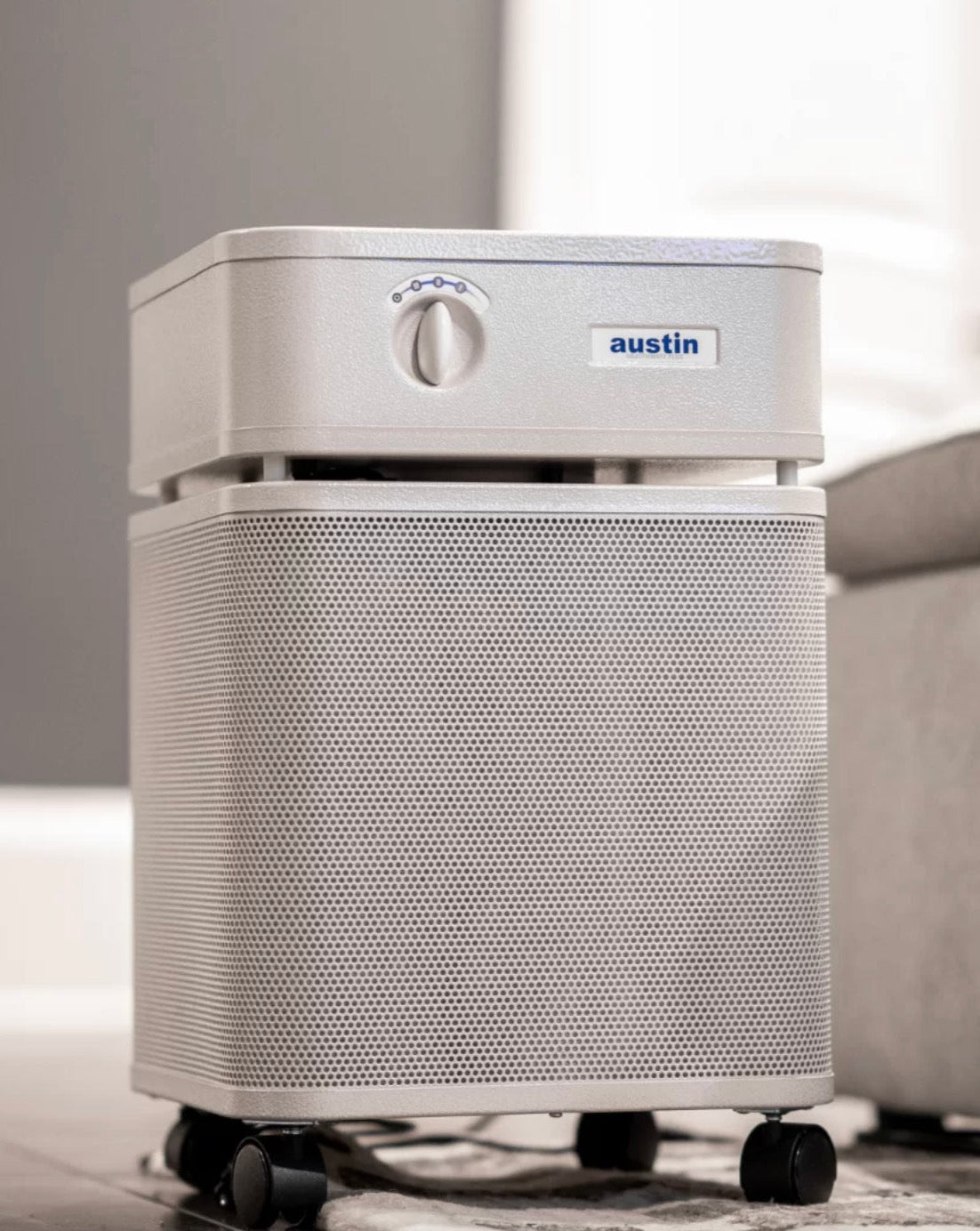

Vegan
Mica-free and titanium dioxide-free
Transparent; silky-satin feel
Sensitive skin-approved
🌿 See the minimalistic, FULLY DISCLOSED clean ingredient list below 🌿
Ingredients: Aqua (Water), Organic Aloe Barbadensis Leaf Juice, Organic Simmondsia Chinesis (Jojoba) Seed Oil, Squalane, Organic Glycerine, Silica, Oryza Sativa (Rice Bran) Wax, Hydroxyethylcellulose, Camellia Sinensis (Green Tea), Rose Canina (Rosehip) Seed Oil, Organic Origanum Vulgare (Oregano) Leaf Extract, Thymus Vulgaris (Thyme) Extract, Organic Cinnamomum Zeylanicum (Cinnamon) Bark Extract, Organic Rosmarinus Officials (Rosemary) Leaf Extract, Lavendula Angustifolia (Lavender) Flower Extract, Hydrastis Canadensis (Goldenseal) Extract
Heal Yes! does NOT test on animals - not our raw ingredients or finished formulas.
We're proud to be certified by PETA and Leaping Bunny:
Leaping Bunny leads the cruelty-free makeup standard and holds certified companies accountable.
PETA, People for the Ethical Treatment of Animals, has certified Heal Yes! as cruelty-free as part of their commitment to preventing animal cruelty and testing.

Why Ensure Cruelty-Free
Opting for cruelty-free makeup offers benefits that appeal to consumers who prioritize ethical and sustainable choices. Consider these benefits of choosing cruelty-free makeup:
Animal Welfare Advocacy: Choosing cruelty-free makeup sends a message to the cosmetics industry that there is a demand for products that are not tested on animals. This encourages more brands to adopt cruelty-free practices and promotes a shift toward animal-friendly alternatives.
Personal Values Alignment: For individuals who value animal rights and welfare, using cruelty-free makeup allows them to align their personal values with their purchasing choices. It provides peace of mind that their beauty routine is in line with their ethical beliefs.
Product Safety and Quality: The development of cruelty-free makeup often involves the use of alternative testing methods such as in vitro testing, computer modeling, or relying on existing safety data. These methods can provide accurate assessments of product safety and quality without the need for animal testing. Caveat: while supporting small and often at-home brands can be an amazing choice, do ensure they have rigorous testing methods in place, which can be atypical for super small at-home brands without professional lab and testing experience to implement.
Overall, the benefits of cruelty-free makeup extend beyond personal use, encompassing animal welfare, ethical values, innovation, and environmental consciousness. By choosing cruelty-free options, consumers contribute to a more compassionate and sustainable beauty industry that we need to continue to challenge and encourage to be at its best.
The use of the terms "comedogenic" and "non-comedogenic" (as well as "natural" and "hypoallergenic") in the beauty industry is primarily based on manufacturers' claims, creating a landscape where different companies employ various approaches to determine the comedogenicity of their products:
Some manufacturers conduct their own assessments, utilizing methodologies that may include ingredient analysis, historical data, expert opinions, or existing research to support their claims.
Smaller boutique and home-made brands might use the terms and have no testing back-up at all.
It's imperative to note that the absence of standardized guidelines means that the terms "comedogenic" and "non-comedogenic" are not regulated by authoritative bodies like the U.S. Food and Drug Administration (FDA) or the European Medicines Agency (EMA). Therefore, the lack of consistent definitions or thresholds for what constitutes comedogenic or non-comedogenic further adds to the uncertainty.
Given the absence of regulatory oversight and standardized criteria, it is wise to approach claims of comedogenicity with some skepticism. What may be comedogenic for one person may not be for another, as individual skin types and responses can vary significantly. . . .
Relying on personal experiences, recommendations from trusted sources, and seeking guidance from dermatologists or skincare experts can help in finding products that suit your specific needs and skin type. It is also essential to evaluate each ingredient as well as the overall formula when assessing potential comedogenic effects.
Sometimes an ingredient that may be personally considered comedogenic can still function well within the synergy of the entire formula. This refers to how the ingredients work together to create a product that may not cause adverse reactions:
For instance, some might regard certain organic oils and waxes as comedogenic. Shea butter, for instance, is a hydrating 'yes' to many but a no-go for some; however, in a gentle formula with proper emulsifying counterpart ingredients and natural solvent-functioning ingredients, shea butter could still bode well and not make the overall formula "comedogenic."
Conversely, a seemingly impressive ingredient panel can still trigger a negative response in some individuals.
We all have unique needs and tolerance levels, so finding the right products may involve some trial and error. Therefore, it is advisable to find formulas backed with friendly return/exchange policies and, whenever possible, consider samples to test on your skin before committing to full sizes.
Taking these precautions can help minimize the risk of reactions and allow you to make more informed decisions when selecting makeup products for your sensitive skin!


































